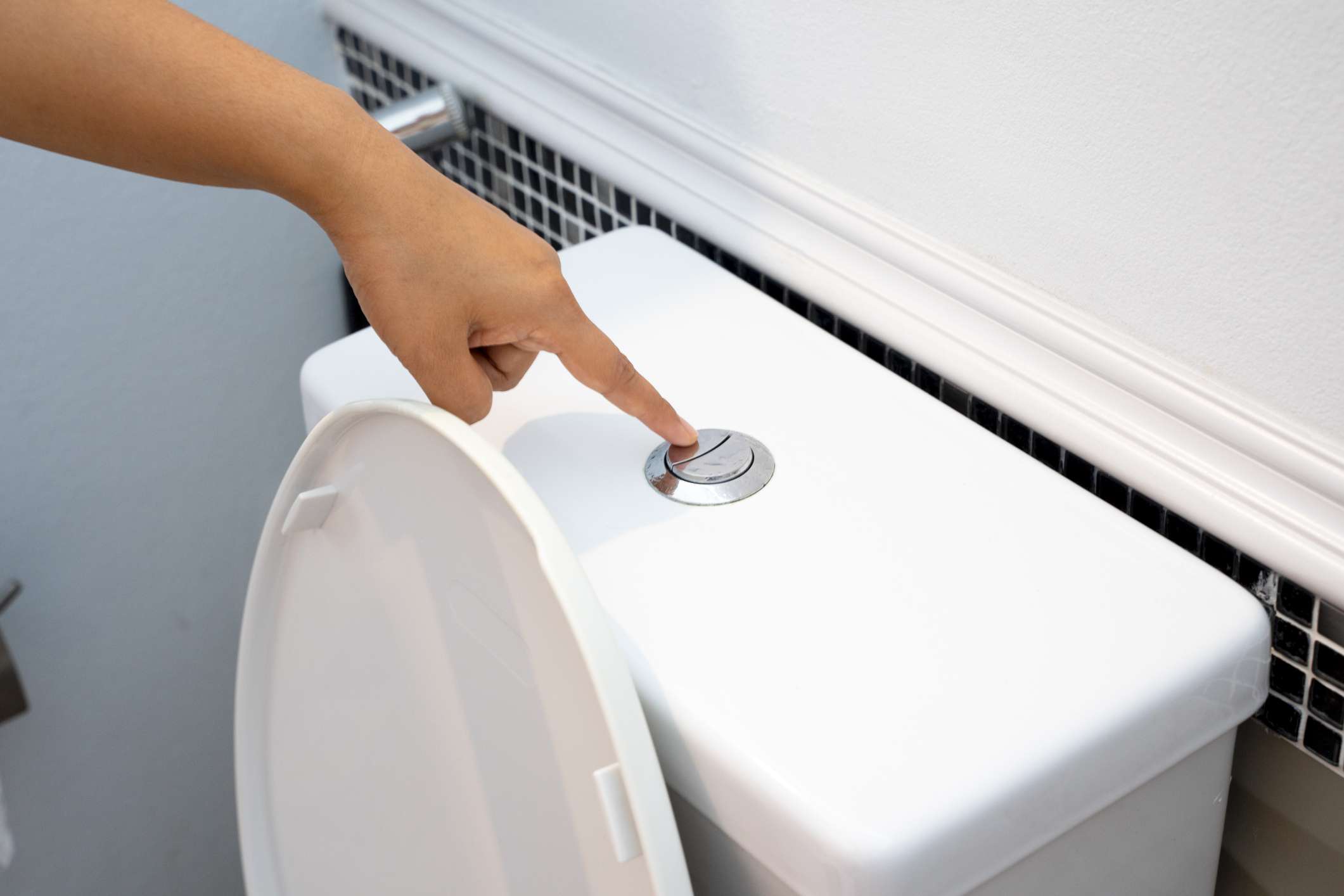Introduction:
Power outages can catch us off guard, disrupting our daily routines and leaving us to grapple with unexpected challenges. One such concern that often arises during blackouts is the ability to flush toilets. While conventional toilets rely on electricity for flushing, there are practical alternatives and solutions that can save the day. In this comprehensive guide, we’ll delve into various methods to flush toilets without power, ensuring you’re prepared for unexpected outages.
I. Understanding Traditional Toilets:
Conventional toilets, known as gravity-flush toilets, rely on the force of gravity and a tank of water to remove waste. The flushing mechanism is, however, dependent on electricity to operate smoothly. When the power goes out, this crucial function is compromised, requiring us to explore alternative methods.
II. Alternative Solutions:
- Bucket Flushing Method:
- When the power is out, a simple yet effective solution is the bucket flushing method. Here’s a step-by-step guide:
- Fill a bucket with water – around two gallons is usually sufficient.
- Pour the water into the toilet bowl in a swift but controlled motion.
- The rapid influx of water should trigger the flushing action, carrying waste away. It’s essential to conserve water during this process, as it may need to serve other purposes as well.
- Watering Can or Jug Method:
- Another manual flushing option involves using a watering can or jug. Follow these instructions:
- Fill the watering can or jug with water.
- Pour the water directly into the toilet bowl, aiming for a forceful yet controlled flow.
- Similar to the bucket method, the influx of water should initiate flushing. This method is particularly useful for preserving water, as you have more control over the amount used.
- Chemical Toilets:
- For those who prefer a more portable and convenient option, chemical toilets can be a viable backup:
- Acquire a chemical toilet designed for emergency use.
- Follow the provided instructions for setup and usage.
- Dispose of waste according to the guidelines provided, ensuring proper sanitation.
III. DIY Emergency Toilet:
In extreme situations where standard flushing methods are not feasible, creating a makeshift toilet becomes a necessity. Here’s how you can do it:
- Creating a Makeshift Toilet:
- Line a sturdy bucket with a trash bag, ensuring it is securely fastened.
- Add a small amount of cat litter or sawdust to control odors.
- After use, tie off the bag and dispose of it in an appropriate waste disposal location.
- Waste Disposal Considerations:
- Proper waste disposal is crucial. Ensure that makeshift toilets are emptied and cleaned regularly, and waste is disposed of in a sanitary and environmentally friendly manner.
IV. Portable Camping Toilets:
- Introduction to Portable Camping Toilets:
- Portable camping toilets are designed for use in the absence of traditional plumbing. They come in various designs, from simple bucket-style toilets to more sophisticated options with waste storage compartments.
- Features and Considerations:
- When choosing a portable toilet, consider factors such as size, capacity, and ease of cleaning. Some models may come with additional features like flush mechanisms or built-in waste treatment systems.
- Maintenance and Waste Disposal:
- Regular maintenance, including cleaning and emptying the waste compartment, is essential for the proper functioning of portable camping toilets. Follow the manufacturer’s guidelines for waste disposal to ensure hygiene and environmental responsibility.
V. Emergency Preparedness:
Being proactive in preparing for power outages involves more than just gathering essential items. Here are some tips to ensure you are ready for any situation:
- Inclusion of Toilet-Related Items in an Emergency Kit:
- Make sure your emergency kit includes items like plastic bags, cat litter, and sanitation wipes. These items can be invaluable in maintaining hygiene during power outages.
- Educating Family Members:
- Ensure that everyone in your household is aware of the alternative toilet solutions and knows how to use them. This knowledge can be vital in emergency situations.
- Regular Maintenance Tips:
- Periodically check and maintain your plumbing systems to prevent unexpected issues. This includes checking for leaks, ensuring pipes are insulated in cold weather, and keeping the plumbing in good working order.
VI. FAQs:
Q1: Can I flush the toilet during a power outage?
A1: Yes, there are alternative methods like bucket flushing, using a watering can, or chemical toilets.
Q2: How do I create a makeshift toilet in an emergency?
A2: You can use a bucket lined with a trash bag, ensuring proper waste disposal afterward.
Q3: Are portable camping toilets a good option for emergencies?
A3: Yes, portable camping toilets are convenient and designed for use without traditional plumbing.
VII. Conclusion:
Being prepared for power outages involves more than just having candles and flashlights on hand. Understanding how to navigate daily necessities like flushing toilets can make a significant difference in managing unforeseen situations. By exploring and adopting alternative methods, you can ensure that even when the power goes out, you’re not left in the dark about your basic needs. Stay prepared, stay informed, and flush away those worries during power outages. Remember, a little preparation goes a long way in turning potential chaos into manageable inconveniences.

A group of home improvement enthusiasts and bathroom design experts, combines in-depth knowledge and a shared passion to deliver engaging, informative content that guides readers through the world of bathroom innovation and style.

Leave a Reply